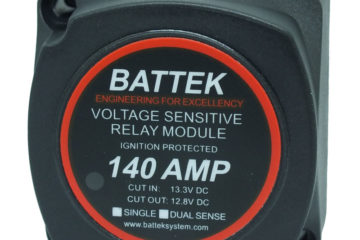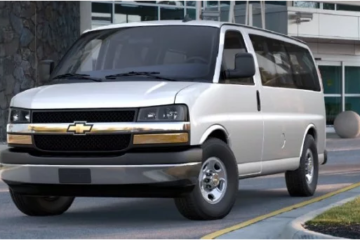Thorough preparation is a necessary part of any successful off-road adventure. The further off from the road, the more important it becomes. The least problem you want to face is a dead battery where you will probably have to call someone for a quick jump-start.
However, it could be an outright disaster in case you are suddenly stranded deep in the woods or desert. Do not assume that it would not happen, even if you never forget to turn your headlights off, or never leave a cabin light on, you never know what unexpected accident can leave you with a drained battery. Shit happens when you’re out on the trail. Then, there’s the fact that, for many overlanders, added battery power is needed in the first place, whether it’s for truck winches and campsite lighting, or for mini-fridges and media systems. It provides both a backup to main battery and power up the accessories which result in high popularity of such systems.
If you are not familiar with dual battery systems, they are exactly what they sound like: They involve connecting and installing a second battery into your vehicle, fully integrated with existing electrical system. To understand the benefits of that, though, let’s start with what an automotive battery does. The primary function of your truck’s battery is to power the starter, or ignite the engine, the mechanism that gets a cold engine spinning and the spark plugs sparking. The running engine then runs the alternator, which provides most of the electricity for your truck’s electrical accessories and more importantly to charge back the battery.
Typically, the battery itself only provides accessory power when the engine is off. Power demands, from fridges to winches, make dual-battery setups essential among adventurists. The thing is, the electrical demands of trail-friendly trucks and SUVs are hardly typical. Consider the effect of a common off-road tool, like an electric winch. These are usually connected to the battery, so even if you use one with the engine on, the battery is being drained. You’re simply counting on the alternator to recharge it. But keep in mind, thanks to those pesky laws of physics, it can take more than a few minutes of charging to make up for a few minutes of winching. It’s an energy debt that can build quickly as your electrical use outstrips your ability to recharge the battery—especially if you’re also using electricity at the campsite.
Two is Better than One Dual-battery setups typically use two different types of batteries: a starter battery and a deep-cycle battery. At its most basic, a dual-battery system, with the batteries connected in a parallel circuit, essentially doubles the amount of electricity you have available. Think of it as comparable to adding a larger gas tank: It’s certainly helpful, but it doesn’t really get to the core of the problem. While a parallel circuit can, for instance, keep the lights on longer without the engine running, one battery after another will each eventually go flat if there is a constant energy drain. That is why many off-road enthusiasts prefer dual-battery setups that can temporarily take one of the batteries offline—or isolate it from a truck’s main electrical system.
Voltage-sensitive relays is a wise solution. They do not connect the secondary battery to the system when you turn the ignition key, but rather, wait until the engine is running and has first fully charged the primary battery. Once you’ve set up camp, and the engine is off, both batteries will be able to provide power until the voltage in your primary unit falls below a certain level. At that point, the relay acts in the other direction to isolate the batteries again, preventing both from completely discharging.
You will need two batteries for your dual- battery setup, and you will need two different kinds of batteries. The primary unit should remain a typical starter battery. These are specifically engineered to deliver short bursts of current, sufficient to turn over your truck’s starter while not using up too much of their overall capacity.
Accessories, on the other hand, are likely to draw on an energy source for an extended period of time, using up most or all of a battery’s charge at one go. For that purpose, you need a deep-cycle battery. The cost is about the same as a conventional truck battery, but you’ll be able to put the deep-cycle unit through a constant round of discharge/recharge that would quickly ruin a starter battery.
Batteries can be placed anywhere in the engine bay where there is room. Your second battery should also find a home in the engine bay, where the least amount of extra wiring is necessary. Some trucks actually come with a dedicated location for holding a second battery, and many reliable aftermarket suppliers offer dual-battery boxes or trays for this task. These can allow both batteries to be mounted right in the same holder, and right in the same location as the original battery. If you cannot fit a second battery under the hood, you may have to get creative and consider mounting to the truck frame, or putting it in the bed. Can You Do it Yourself? When deciding whether to add a dual-battery setup to your rig, this may be the tipping point: Installing one can be among the easiest modifications you ever make.
Many aftermarket companies have kits that include all the wiring, solenoids, switches and mounting hardware; and if you have a particularly popular truck or SUV, you may be able to find a package custom-designed for your exact vehicle. Notably, these off-the-shelf solutions can also include frame mounts and other resources engineered to help with common installation challenges. A few tools, a few hours and a few hundred dollars can get the job done in ideal conditions. Just remember: You may need the system when conditions aren’t so ideal, so no matter who installs it, you should verify that it works properly, in town, and not figure it out on the trail.


